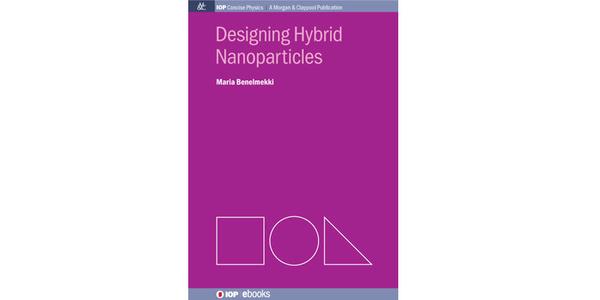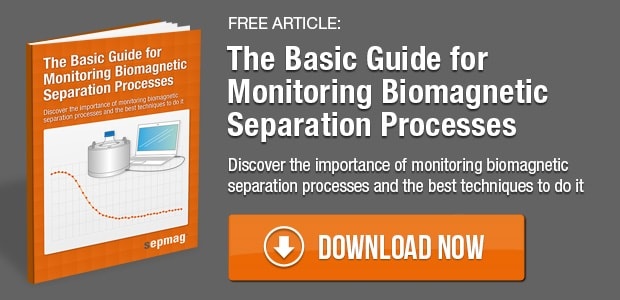The Institute of Physics (IOP) has just released a new book of the series IOP-Concise-Physics. ‘Designing Hybrid Nanoparticles’ provides a new insight into one of the most promising 'bottom-up' techniques, the modified magnetron-sputtering-based inert-gas-condensation (MS-IGC) system. The book, authored by Dr. Maria Benelmekki, SEPMAG’s scientific advisor, starts with an introduction to nanoparticles and nanotechnology. The chapter provides interesting examples of their use to obtain different end-products –not just state-of-the art, but also looking back until classical times-. The most relevant of the chapter is the proposed classification of the nanoparticles based on their dimension, morphology and chemical composition. For the people interested on magnetic application, it is worthy to pay attention to the discussion on nanoparticle uniformity and agglomerations.
The second chapter starts reviewing the production methods for nanoparticles. Then Dr. Benelmekki focuses on describing the MS-IGC method –with a special attention to the latest modifications on this technique- and the factors affecting the formation of the synthesized hybrid nanoparticles.
The book moves then to the main subject, starting with the design of binary nanoparticles. Two examples of binary nanoparticles fabricated by the MS-IGC method are presented: intermetallic FeAl and metallic-dielectric Ag-Si. For the first one, the components of the binary nanoparticles are partially bulk-miscible, and working in vacuum allows a better control on the oxidation process, resulting on a nanoalloy of an iron aluminide crystalline core encapsulated in an alumina Shell. The second example (Ag-Si), explains the synthesis of binary nanoparticles of two materials that are bulky-immiscible. The production of nanoparticles with distinctive multicore-shell and core-satellite morphologies are described as consequence of the appropriate tuning of the sputtering power ratio of the Si and Ag independent targets.
The book extends the discussion to ternary magneto-plasmonic nanoparticles, composed by multiple FeAg cores encapsulated by a Si Shell. The size, chemical composition, and morphology of the nanoparticles are tuned by co-sputtering independent targets. The Si shell maintains a fixed spatial configuration between the multiple cores and prevents FeAg cores from oxidizing, avoiding the main problem of the binary magneto-plasmonic nanoparticles. The described methodology, according the author claims, can be extended to other materials
Dr. Benelmekki closes the book with and outlook of the hybrid nanoparticles, advocating for the development of new synthetic strategies that lead to a finer morphological control. Within this context, she defends the MS-IGC method in base of its accurate control of the morphology, chemical composition, and size distribution, and also because it is able to produce phase-separated nanoparticles with free-residual contamination. Nevertheless, the author points the current weak point on both hybrid nanoparticle design and MS-IGC systems: characterization methods of aggregation zone conditions needs further improvement and, last but not least, MS-IGC requires an urgent improvement of the yield and nanoparticles harvesting processes if scale-up (and industrialization) should be profitable.
Summarizing, the book covers in a clear and concise way the design of hybrid nanoparticles, describing in detail the modified magnetron-sputtering-based inert-gas-condensation (MS-IGC) system and its application on binary and ternary compounds. For readers interested in Life Sciences biomagnetic applications, the description of Fe-based nanoparticles that can have also plasmonic function and, as described in chapter 4, being covered by SiOx for easy biofunctionalization can be an interesting subject of discussion.
M Benelmekki 2015 Designing Hybrid Nanoparticles. doi:10.1088/978-1-6270-5469-0. Published April 2015. http://iopscience.iop.org/book/978-1-6270-5469-0
- Development of a multiple-antigenic-peptide paramagnetic bead for virus detection using magnetic separation and flow cytometry
- The 20th Annual International Conference on Magnetism
- Tumor Depletion with Combined Magnetic Hyperthermia and Photodynamic Therapy





